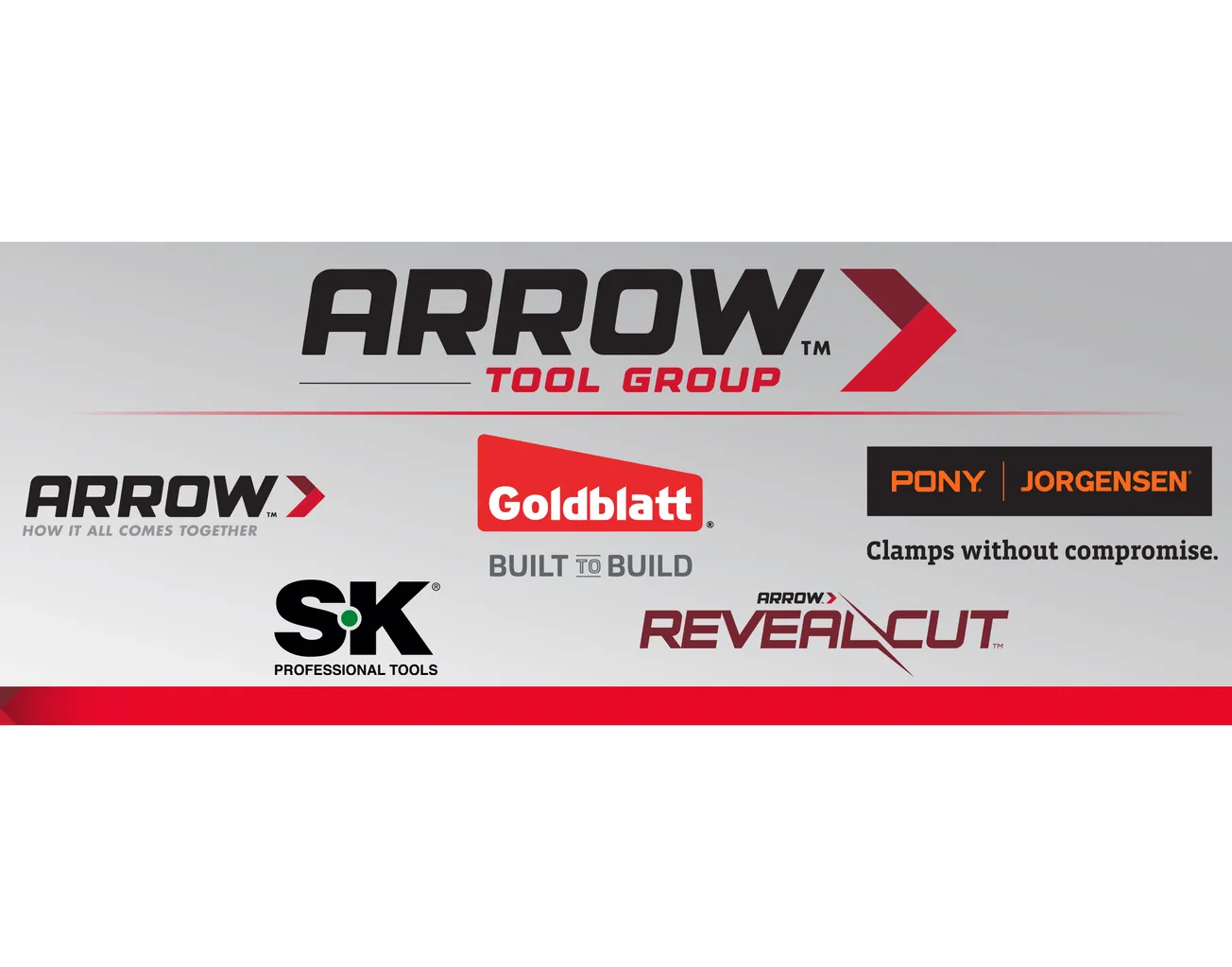Table of Contents
A Special Series from NAWLA
When the COVID-19 pandemic blew up, we at Snavely Forest Products knew that sitting passively by in hopes the crisis would work itself out wasn’t a realistic solution. Hope is not a plan!
With that in mind, our company began making decisions and operating from two distinct, but parallel mindsets. First, we looked at the outbreak through the lens of what steps did we need to take immediately to address the circumstances at hand. And, second, we envisioned what kind of company we wanted to be as we emerged on the other side of this calamity.
Over-Communication Early On
We sprang into action at once, assembling a COVID team whose purpose it was to ensure that Snavely—which has locations throughout the U.S.—remained in compliance with local, state, and federal pandemic requirements. Just as importantly, we recognized the need to educate our employees.
Although we quickly reduced office occupancy in the branches to 10% or less of staff, as a distribution business our front-line workers also include material handlers and drivers who don’t have the option of working remotely. Product has to get onto the trucks, and the drivers have to deliver to our customers. The workers showing up every day on site to handle these key tasks are the heroes of our organization, and we owed it to them to make sure they were safer here than anywhere else.
Not only that, we knew it was important to keep them in the loop as to what Snavely was doing to achieve that goal—what protocols were being put into place, and why. Even today, when the world has largely settled into its “new normal,” our COO provides a quarterly update on what’s going on and what’s been done in response. But our overarching goal at the onset of the pandemic was to communicate, even over-communicate, to our people. Because of the CDC-recommended procedures and processes implemented, and because of all the internal discussion surrounding those actions, we got to a point very quickly where the fear of the unknown started to die down. And that was good. With a workforce that was reassured of their safety on the job, we were free to focus on business even as we stayed on top of all of the requirements.
Improving for the Future
At the same time that one team—consisting of our director of safety, some executive leadership, materials handlers, and operations managers—worked diligently on safety and compliance, we had another that was dedicated to mapping out Snavely’s exit from the crisis. What do we look like coming out of the pandemic? What do we want to look like coming out of the pandemic? How can we improve?
Technological enhancements surfaced as a huge part of the answer to those questions, as we tried to figure out how to make our sales and marketing team more effective while working remote. One of the most impactful improvements was the adoption of an adaptive phone system. It rings right through users’ computers at home as though they’re sitting at their desk in the office. In addition, video chats on Teams and Zoom also made a lot of tasks very easy, allowing us to be face-to-face with our shareholders, customers, and vendors.
As this panel continues its work, Snavely is also exploring how to do more digital marketing, different ways of putting presentations together, electronic PODs, and automated systems. With the progress we’ve already made on the technology front, our remote workers are just as connected and, in my opinion, more productive than ever before.
These changes have been good not only for the employees, but for the company as well. While our existing employees are thriving in the work-from-home culture, Snavely is finding that technology facilitates onboarding and training without a need to be in the office. Labor continues to be a challenge for this industry, and qualified candidates are in demand everywhere, so being able to say that a candidate’s physical location may not matter so much is an enviable position to be in. You don’t have to have somebody commuting an hour or 45 minutes each way if the job doesn’t demand it.
In addition to the gains derived through technological innovations, our company is also getting feedback directly from customers on how to improve. Instead of a general, routine check-in to see if everything’s okay, we’re asking questions like:
- What’s the most important thing customers need from us right now?
- How can we help during these uncertain times?
- What do they expect us to do differently today than we normally do or that we’re doing right now?
- What challenges do they expect to face during the recovery period and how do we help them there?
The Other Side of the Pandemic
If you had told me a year ago that my work day would come to look like this—50% videoconferencing, for example—I would’ve said, “No way.” But that’s what it’s transformed to. If you had told me that not only are we going to be hit with this pandemic, but we’re going to move our employees to working from home and take our sales force off the road—but that business is going to better than it was before—I never would’ve believed that, either. But that’s a fact, too.
The pandemic forced a lot of changes; but at the end of the day, our business is still a relationship business—although how we manage those relationships may look a little different. Still, it doesn’t matter which portion of building materials we’re talking about, if you’ve done a good job with your vendors in treating them as partners and talking openly and honestly, you get through the challenges (like the current shortage of supply). It may not always be easy, but you’re going to make it work.
That’s why NAWLA and similar organizations are so important. As the world begins to open back up, an in-person Traders Market is a strong possibility this year; and if it happens, it’ll represent a prime opportunity to cultivate some of those all-important relationships. There’s a major pent-up demand to get back to seeing people in person, even as we’ve managed to make everything work in the interim.
With video conferencing, it’s true that you can walk away with some sense of a personal connection. You can see and read the body language of the person on the other side of the screen, so you get “some of it.” But being in person, you get “all of it.” There’s no substitute for that.









